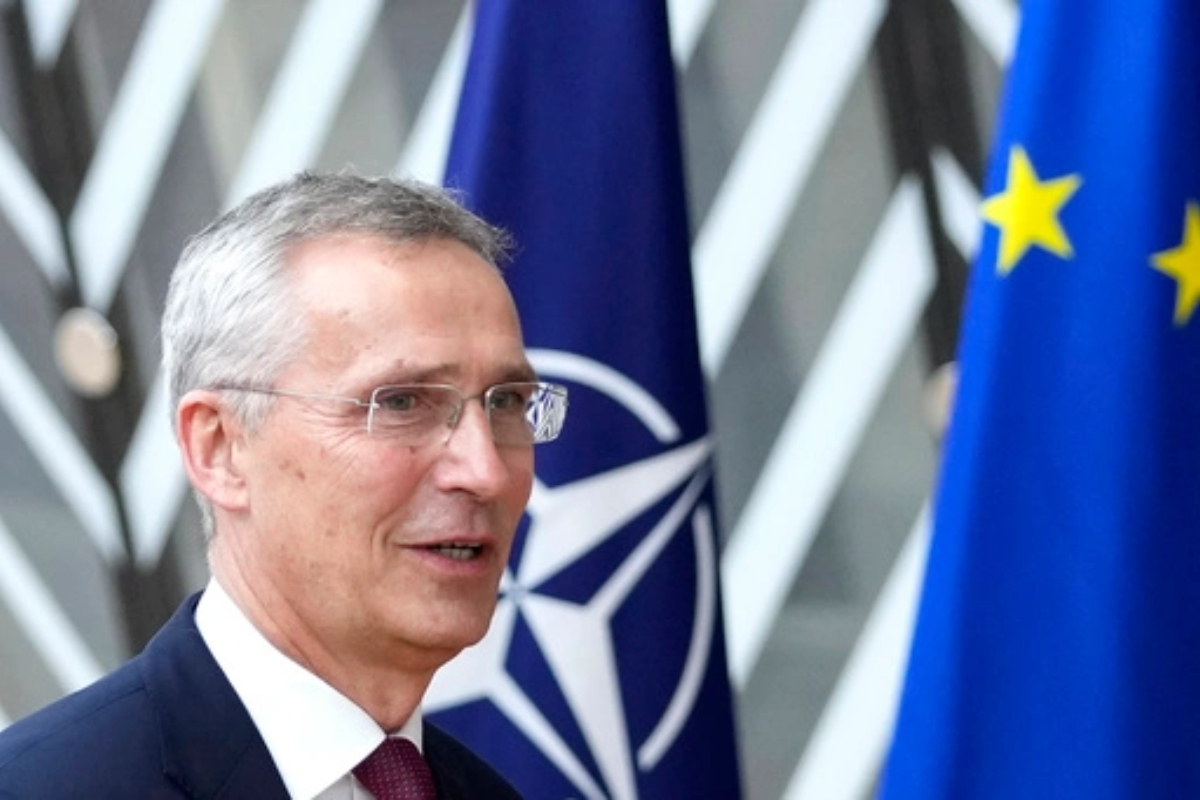NATO has decided to extend Secretary General Jens Stoltenberg’s contract for another year, choosing to maintain an experienced leader amidst ongoing conflicts rather than selecting a successor.
Stoltenberg, the former prime minister of Norway, has been leading the transatlantic security alliance since 2014, with his tenure already extended three times before. This decision ensures continuity at the top of NATO as its 31 member nations grapple with supporting Ukraine against Russia’s invasion while avoiding direct conflict between NATO and Russian forces.
Stoltenberg, known for his steady leadership and ability to build consensus, expressed his honor in a tweet regarding the extension of his term until October 1, 2024. He emphasized the importance of the transatlantic bond and NATO’s role in securing freedom and safety in an increasingly dangerous world.
Stoltenberg’s upcoming tasks include overseeing the transformation of NATO forces to focus on defending against potential Russian attacks, shifting away from missions beyond NATO’s borders.
He will also need to manage differing opinions on NATO’s involvement in Asia, with the United States advocating for countering China while others, like France, stress the importance of maintaining focus on the North Atlantic region.
Stoltenberg earned praise for successfully navigating the alliance through turbulent times during Donald Trump’s presidency, despite Trump’s open speculations about the United States leaving NATO.
However, some NATO officials believed it was time for fresh leadership, and discussions about potential successors took place. Suggestions ranged from appointing the first female secretary general to considering candidates from Eastern Europe.
British Defence Secretary Ben Wallace and Danish Prime Minister Mette Frederiksen were mentioned as potential contenders, but as the NATO summit approached, no consensus on a successor emerged. Ultimately, NATO and the United States turned back to Stoltenberg.
As NATO moves forward, experts suggest considering succession planning and selecting a leader who reflects the alliance’s future image, direction, and partnerships with organizations such as the European Union.

















